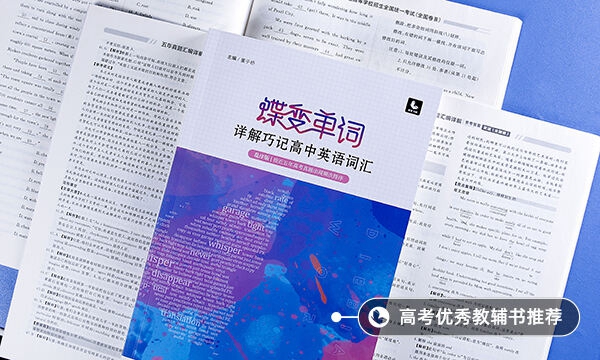动词加ing是什么词性
2020-07-22 14:29:07文/刘思琪ing加在动词的后面,使动词变成动名词及现在分词。动名词具有名词的词性特征,不改变动词词义,只是改变原动词的词性,使其由动词变成动名词。另外,英语中一些以ing结尾的名词就是由动名词演变而来的。动词的现在分词具有形容词的词性,从这个角度也可以认为ing具有形容词的词性。

V-ed和V-ing形式的用法
一、作表语:主语+系动词+表语(系动词有be, look, turn, get, become, smell, taste, seem, sound, appear, remain, feel)
看主语是人或物 V-ed人: I am bored.
V-ing物:The film is boring.
※“be+V-ed”也可能是被动语态:They were trapped.(状态)
They were trapped by the flood.(动作)
二、作定语:单个分词+名词/代词;名词/代词+分词短语(分词短语作定语可转换为相应定语从句)
看与所修饰词的关系:
V-ed被动、完成:guests(who were) invited to the party; a developed country
V-ing主动、进行:the girl (who is) dancing there; a developing country
三、作宾补:
看与宾语的关系:V-ed被动、完成; V-ing主动、进行
1、感官动词(see, watch, notice, observe, hear, feel, listen to, find)+宾语+宾补
2、使役动词(have, make, get, keep, leave)+宾语+宾补
※”make oneself+V-ed(understood, heard, noticed, known)”表结果含义
※ “have+sth+done”表示:主语请人或让人做某事/主语遭遇不愉快、不测的事/使某事被做
3、表示“希望、要求”的动词(want, wish, like, expect, order)+宾语+宾补
也可在V-ed前加to be
4、“with+宾语+宾补”在句中表示时间、原因、方式、条件等状语
eg. With the matter settled, we all went home.
四、作状语:可表示时间、原因、方式、条件、让步、伴随等,可转换为相应状语从句。
看与逻辑主语的关系:
V-ed被动、完成: Seen from the top of the hill, the city looks like a big garden.
V-ing主动、进行:Seeing from the top of the hill, we can get a wonderful view of the city.
V-ed、V-ing作状语,可在其前加上when, while, if, unless, once, although等,构成“连词+分词”的结构。
 非谓语动词的用法总结 有几种形式
非谓语动词的用法总结 有几种形式非谓语动词,指句子中不做谓语的动词,主要包括不定式...
2021-03-23 谓语动词和非谓语动词的区别
谓语动词和非谓语动词的区别谓语动词指的是在句子中可以单独作谓语的动词,主要由...
2021-03-22 动词不定式的用法大全
动词不定式的用法大全英语当中动词不定式的结构叫做todo。它属于一个非...
2021-03-22 can后面加动词原形吗
can后面加动词原形吗是的,can作为情态动词后面要加动词原形。can的...
2021-02-24 doesn't后面加动词原形吗
doesn't后面加动词原形吗是的,要加原形动词。因为doesn't是助动词,英...
2021-02-18 can后面加动词的什么形式
can后面加动词的什么形式can是情态动词,后面跟动词原形。例如Can yo...
2021-02-10 emission动词
emission动词emission的动词是emit。emit是一个英...
2021-01-11 谓语是动词吗
谓语是动词吗不一定,谓语可以是动词也可以是别的词性的词。如“我...
2021-01-10 第三人称单数动词变化规则顺口溜
第三人称单数动词变化规则顺口溜一般现在时的肯定句中,主语为第三人称单数的动词变化...
2020-12-24 什么是动词 英语动词有哪些
什么是动词 英语动词有哪些动词(Verb)是英语中一种很重要的词性,一般用来...
2020-11-10 怎么区分英语及物和不及物动词
怎么区分英语及物和不及物动词区别在于是否直接跟宾语,及物动词后跟宾语才能表达完...
2020-10-22 高中英语动词变名词的变化规则
高中英语动词变名词的变化规则动词在词尾加上-er或-or之后就变成了表示“某一...
2020-10-21 动词变名词的变化规则例子
动词变名词的变化规则例子动词变名词,通常加ing,叫做动名词,表示&quo...
2020-09-25 动词开头用什么形式
动词开头用什么形式如果是做主语的话,那就用ing形式,即动名词。如果...
2020-08-06 dream是及物动词还是不及物动词
dream是及物动词还是不及物动词dream用及物动词时,后接名词、代词、同源名词、...
2020-08-05
点击查看 高中英语语法 更多内容









